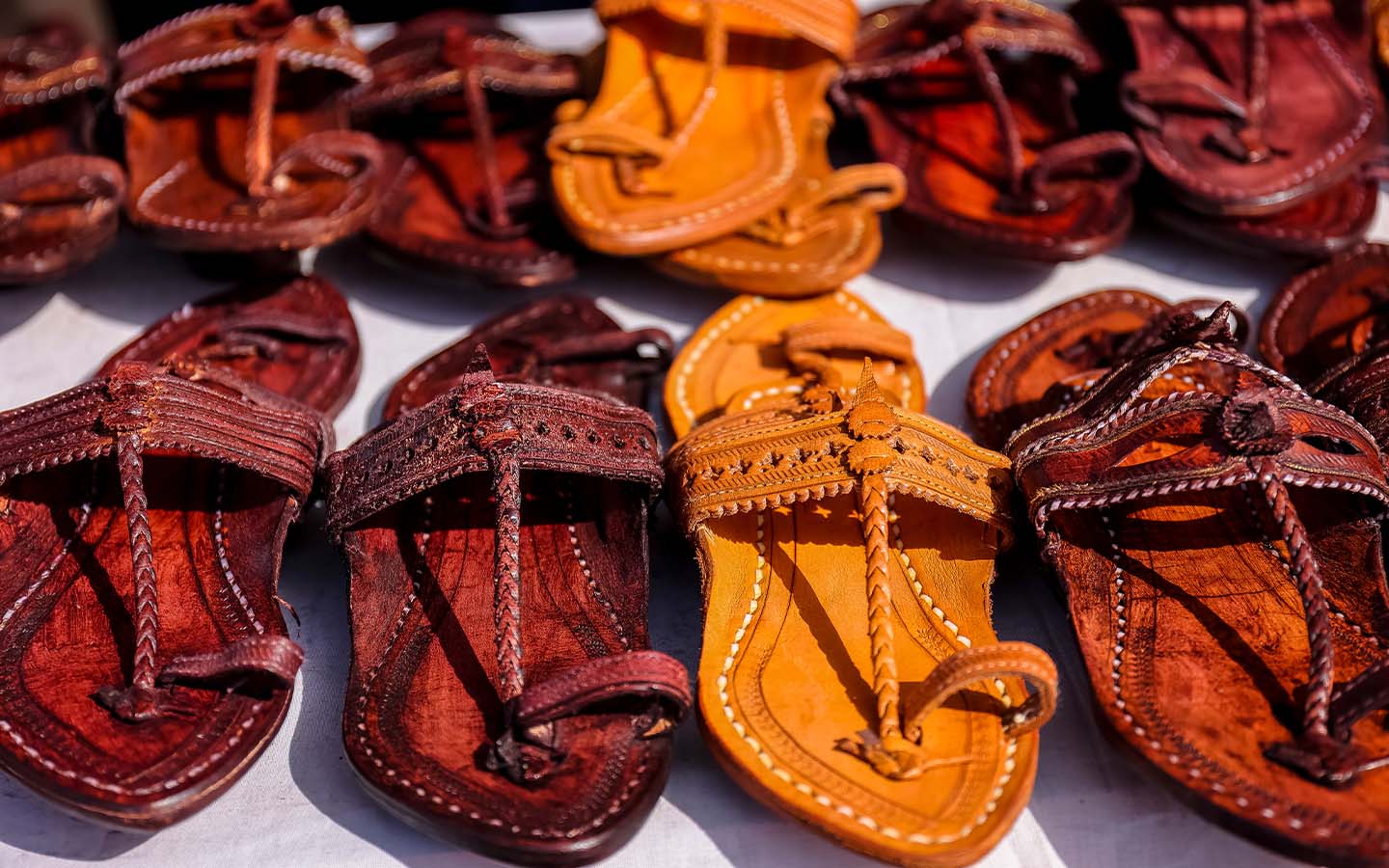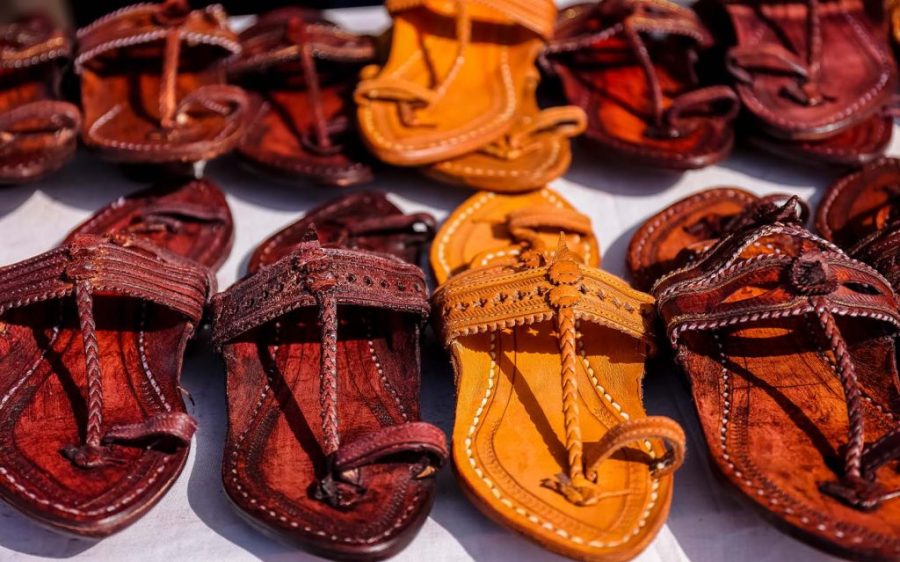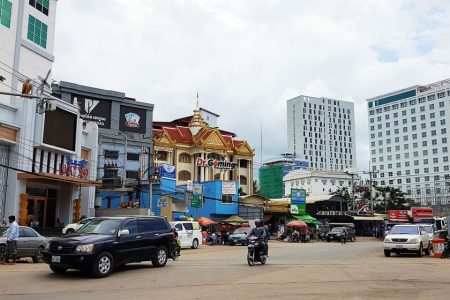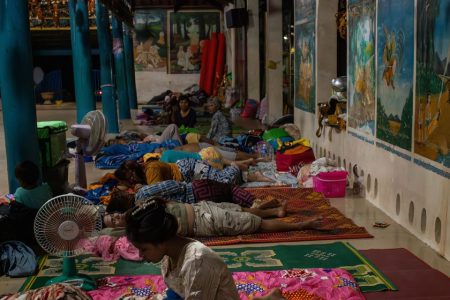Italian luxury brand Prada has drawn criticism of cultural appropriation over distinctive sandals included in its recent runway show.
Showcasing its Spring/Summer 2026 menswear collection at Milan Fashion Week, Prada described the models’ footwear as simply “leather sandals” in show notes, reports Al Jazeera. For many looking at images from the show, however, the shoes worn in Milan bore an unmistakable resemblance to Kolhapuri chappal (Hindi for “sandals”), a centuries’ old style still wildly popular across India.
As outrage and disappointment flared up online, the Maharashtra Chamber of Commerce, Industry and Agriculture (MACCIA) reached out to Prada, lodging a complaint on behalf of thousands of Kolhapuri sandal-makers.
The fashion house replied two days later. “We acknowledge the sandals … are inspired by traditional Indian handcrafted footwear, with a centuries-old heritage,” Lorenzo Bertelli, the corporate social responsibility chief at the Italian fashion house and son of CEO Patrizio Bertelli, said in a written response.
Prada responded to a request to seek ways for “collaboration or fair compensation that could benefit” Indian craftspeople by noting that the entire collection was at “an early stage of design development”, but it was willing to open a “dialogue for meaningful exchange with local Indian artisans”.
More than 20,000 local families in Maharashtra are involved in crafting Kolhapuri sandals, which trace their origins back to 12th-century Kolhapur in the western part of the state. Granted geographical indication status in 2019, unauthorised producers in the country are prevented from selling their sandals as “Kolhapuri Chappal.”
[See more: MUST launches Sino-Portuguese fashion exhibition]
Authentic versions of these durable, handcrafted sandals typically sell for around US$12 in local markets, a stark contrast to the Prada sandals, which reportedly range from US$800 to US$1,400 a pair.
Indian artisans “lose, while global brands cash in on our culture,” Harsh Goenka, the chair of the pharmaceuticals-to-IT conglomerate RPG Group, told the Guardian.
Dhanendra Kumar, an ex-World Bank executive director, lamented in his writeup for India’s Economic Times that Western luxury brands “almost always” leave local artisans “out of the loop” when drawing inspiration from their designs and crafts. “While Indian artisans and small-scale producers excel in craftsmanship,” Kumar writes, “they rarely have access to capital or business acumen needed to position their products globally as luxury or high-end goods on the global stage.”
Kurade, a 40-year-old Kolhapuri sandal-maker interviewed by Al-Jazeera, said much the same. “People who know markets, who can sell it ahead, are the ones cashing in on this. Poor villagers like us cannot run a website; we do not have the marketing knowledge,” he said. Kurade urged the Indian government to bridge this gap, allowing traditional craftspeople who can deliver higher quality products to reach a wider audience.
The firestorm around Prada’s unforced error is certainly proof that a market for real Kolhapuris could exist, both at home and abroad. “Until now, it hadn’t been considered part of the ‘cool’ or aspirational footwear space in India’s luxury market,” Shirin Mann, the founder of Needledust, a label known for its contemporary take on traditional Indian embroidered slip-ons, told the Guardian. “I truly believe in the ripple effect of what Prada has done.”
Local media reports indicate that interest has surged at retailers and Google Trends has shown a rise in searches for Kolhapuri sandals since Prada’s runway show.






